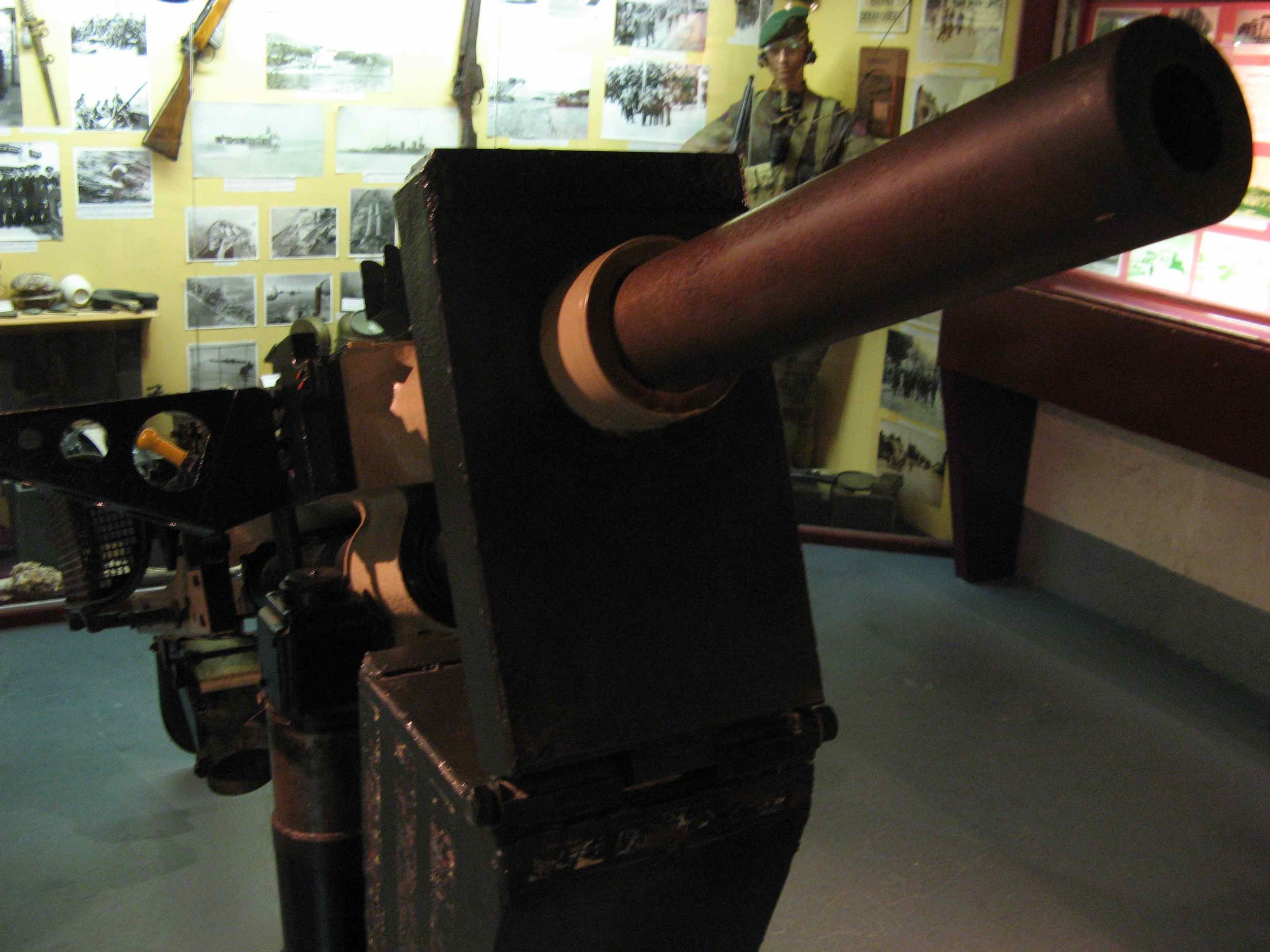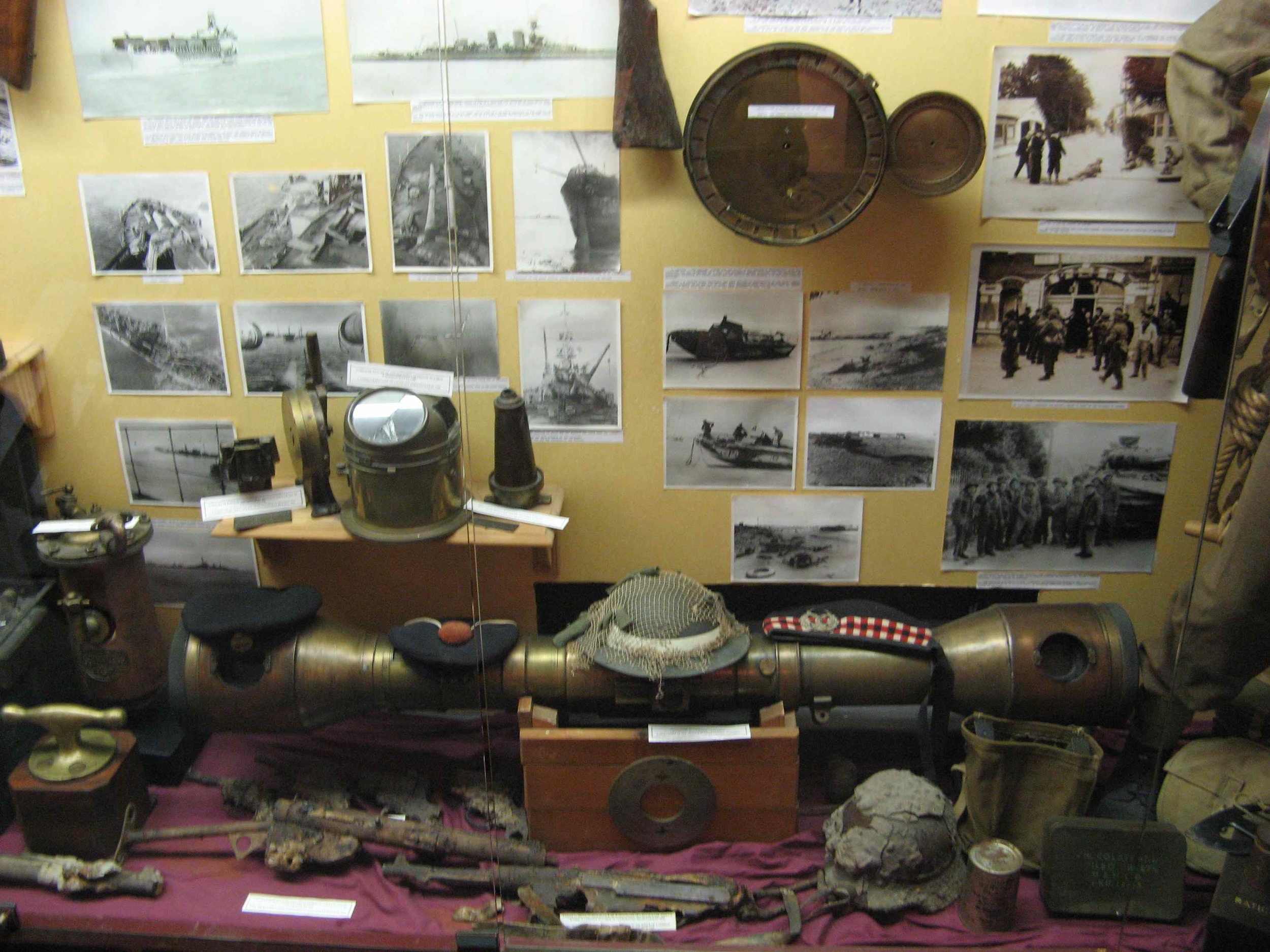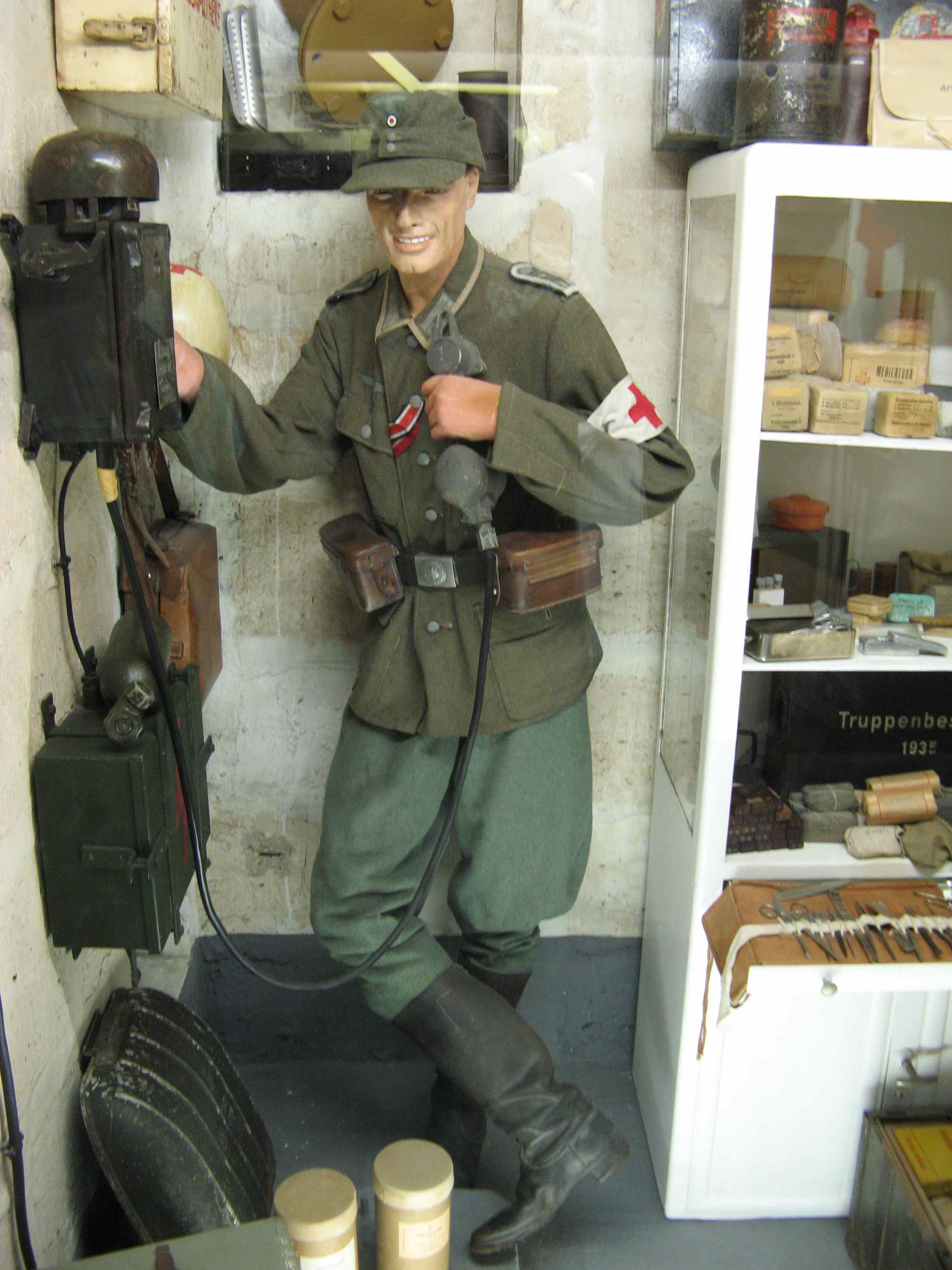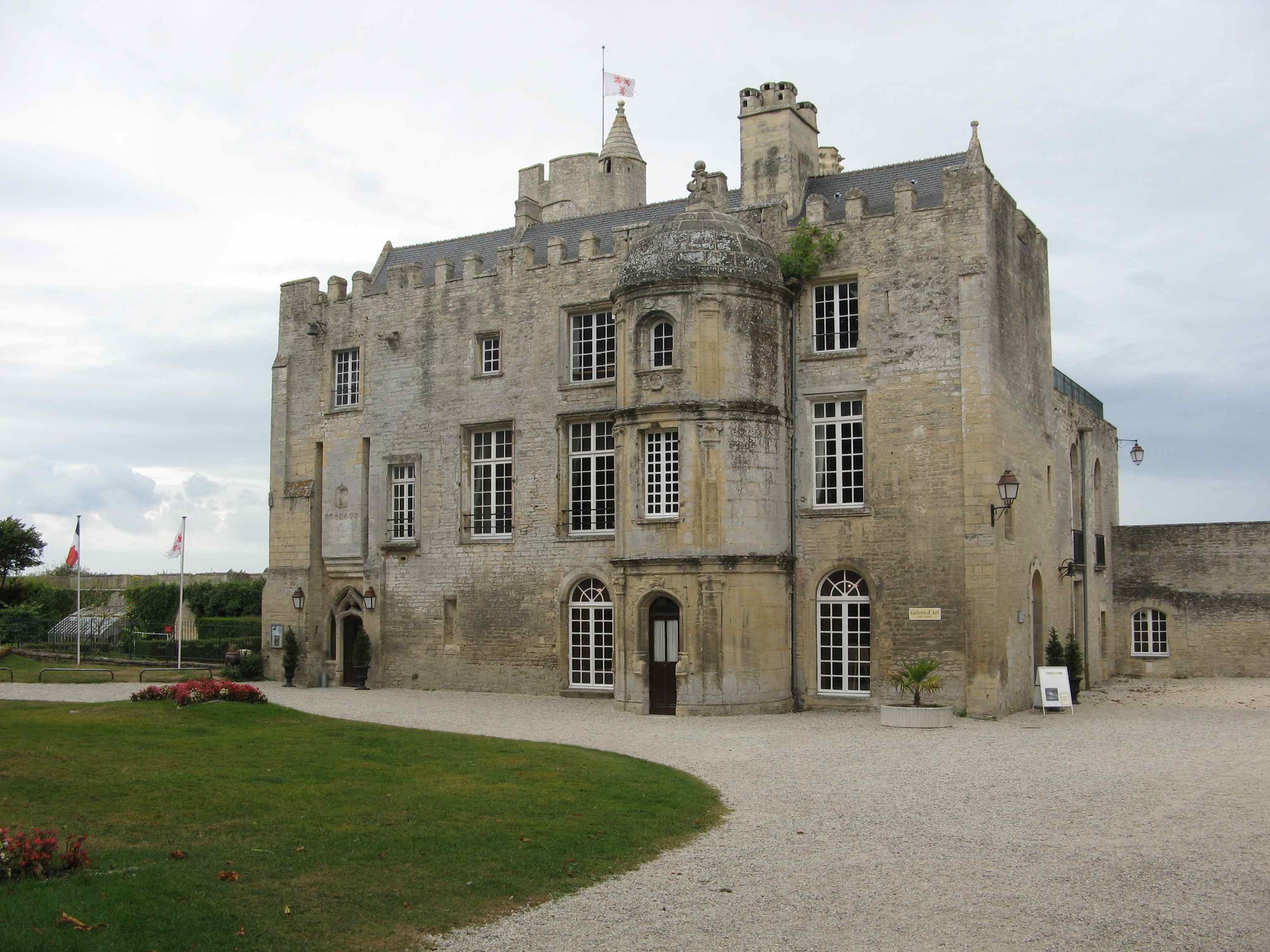On the 11th hour (Paris time) of the 11th day of November, 1918, the Armistice ending World War I went into effect.
It was in a quiet clearing of the Forêt de Compiègne in Picardy where French commander-in-chief Marshal Ferdinand Foch, on behalf of the Allied Powers, began talks with the Germans. They finally signed the armistice in the early hours of November 11th in Foch's train car, which came to be known and celebrated as the Compiègne Wagon.
via Wikimedia Commons | Foch (second from the right) outside of the Compiègne Wagon, 11 November 1918
On 28 June 1919, the Treaty of Versailles, famously signed in the Hall of Mirrors, laid out harsh punishments to Germany. The were required to shoulder the blame for the war, reduce their armed forces, pay hefty reparations, and return Alsace and Lorraine to France. It was regarded by many Germans as humiliating and, along with the Depression, helped set the stage for the Nazi party to take power.
via Wikimedia Commons | The Signing of Peace in the Hall of Mirrors, Versailles, 28th June 1919 by Sir William Orpen
Foch, however, did not think the treaty did enough to weaken Germany and protect France. He presciently stated, “This is not a peace. This is an armistice for 20 years.”
Twenty-two years later, in June 1940, the French Third Republic sent word to the Germans that they wanted to negotiate an armistice after the Battle of France. Hitler knew exactly where to hold the signing and had the Compiègne Wagon brought back to the exact spot of the 1918 armistice.
via Wikimedia Commons | A still from Frank Capra's film Divide and Conquer. Hitler (hand on hip) looks at the statue of Foch before the signing of the armistice on 22 June 1940.
via DIREKTOR | Hitler at the Wagen von Compiègne
General Charles Huntzinger, who led the negotiations for France, signed the armistice on 22 June 1940.
The Forêt de Compiègne is open for visitors. It’s a massive 14,885 hectare park with 600 miles of beautiful trails for hiking and biking. In fact, Joan of Arc hid here in 1430 before being captured in the town of Compiègne.
There is a replica of the Compiègne Wagon on display—the original was destroyed by fire in German during WWII at the Clarière de l’Armistice (Armistice Clearing).
A couple of other nearby sites include Château de Pierrefronds, Palais de Compiègne, and the Museum of Historical Figurines.
Practical Information
Compiègne is located about an hour north of Paris and is easily reached by car or train. Trains depart multiple times each day from Gare du Nord. The trip is generally around 40 minutes to 1 hour, depending on how many stops it takes.
The Armistice Clearing is open daily from 10 am to 6 pm (except Tuesdays between 15 September and 31 March).
I thought I'd share these two intertwined stories set in Forêt de Compiègne in honour of Veterans Day/Remembrance Day/Armistice Day. I had never heard of the Compiègne wagon before and found it fascinating. It also reminded me that sometimes it's worth taking a look back to re-familiarize myself with history.
It can be easy to think you know everything and to forget to remember.


































